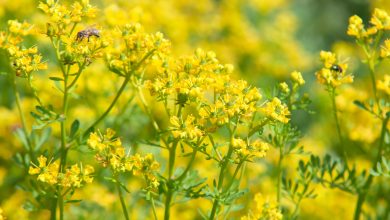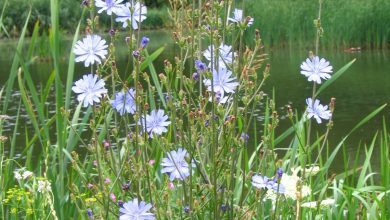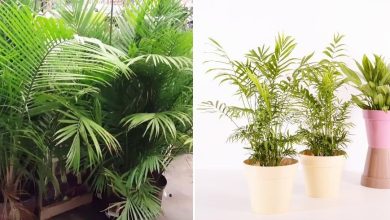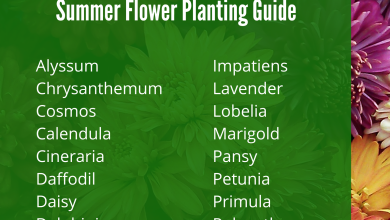Aquilegia Vulgaris: [Planting, Care, Irrigation, Substrate, Problems]
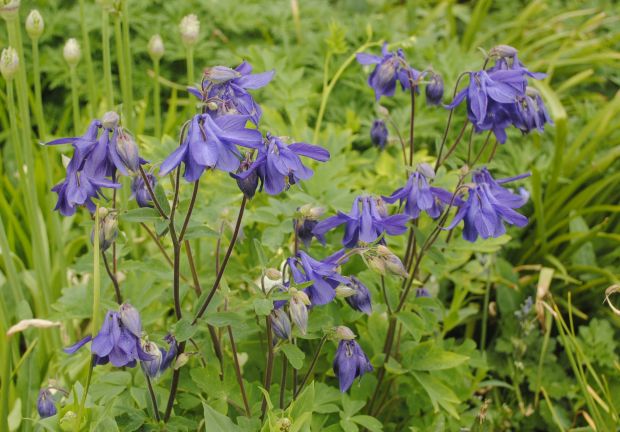
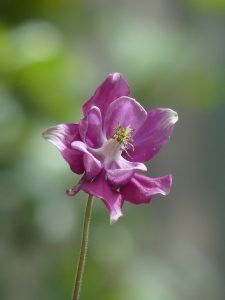 Aquilegia vulgaris is a small plant that produces showy flowers and is native to Spain.
Aquilegia vulgaris is a small plant that produces showy flowers and is native to Spain.
Its flowering usually occurs during the spring- summer period, adorning the gardens where it is planted.
As for colors, there are many varieties. They are able to be presented in a single color or also with two-color mixtures.
Of course, it is necessary to consider that it is an inedible plant , so care must be taken in the places chosen for planting.
Of the rest, all that remains is to enjoy an ideal species for gardens, terraces or to put together compositions together with other flowers.
You dare?
Important points when sowing Aquilegia Vulgaris
- When? In early spring or fall.
- Where? In semi-shade, in a nourished and fresh soil.
- How do we prepare the land? Adding a layer ofhomemade compost.
- How should we water? Abundantly, directly on the base of the plant, without wetting the leaves.
- How often do you have to water? Three times a week to prevent the substrate from drying out.
- What pests and diseases does it have? Aphids and rust.
Characteristics of Aquilegia vulgaris
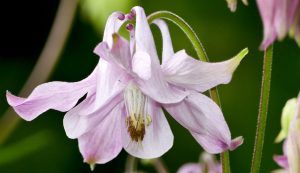 Aquilegia vulgaris (European columbine, common columbine, grandma’s cap, grandma’s cap) is a species of columbine native to Europe. It is a flowering perennial herbaceous plant that grows up to 1.2 m tall, with finely hairy, branching stems.
Aquilegia vulgaris (European columbine, common columbine, grandma’s cap, grandma’s cap) is a species of columbine native to Europe. It is a flowering perennial herbaceous plant that grows up to 1.2 m tall, with finely hairy, branching stems.
The leaves are biternate; each leaf has three groups of three leaflets. The flowers, in various shades of purple, blue, pink, and white, are drooping or horizontal with hooked spurs, appearing in early summer.
The Latin specific epithet vulgaris means «common».
This species and several hybrids derived from it are popular garden flowers, available in a variety of single and bicolor colors, in single and double forms.
Although perennial, cultivars can be short-lived and are therefore best treated as biennials. Spent flower heads should be removed to prevent the plant from going to seed. Crops include the Barlow series («Nora Barlow», «Black Barlow», «Rose Barlow», «Christa Barlow»), «Pretty Bonnets».
When to sow aquilegia vulgaris?
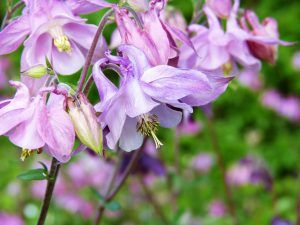 Sowing must be done at the beginning of spring so that they carry out their germination process and seedling growth.
Sowing must be done at the beginning of spring so that they carry out their germination process and seedling growth.
This process will last a few months and will allow the transplant to be carried out at the beginning of autumn in the place chosen for this purpose.
It is also possible to start the germination process during the fall and then carry out the transplant in the spring.
Where to plant aquilegia vulgaris?
- Aquilegia vulgaris needs to be planted in semi-shade to prevent its structure from being affected by the direct sun at certain times of the day.
- Of course, this does not prevent it from having the ability to adapt to an unprotected area, but it could seriously affect its flowering process.
- As for the soil, replicating natural conditions is the best option and for this it is recommended that it be loose, of good temperature, nourished and with drainage .
- At certain times the Aquilegia vulgaris could withstand a certain level of waterlogging, as long as it is not excessive and is not repeated a lot.
How to prepare the land?
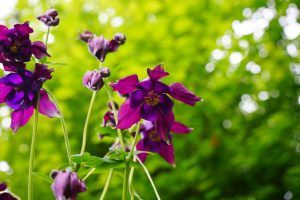 As it is a plant that needs nutrients for proper development, it is worth preparing the soil by adding a layer of organic matter.
As it is a plant that needs nutrients for proper development, it is worth preparing the soil by adding a layer of organic matter.
This process does not have to be very complicated, with only homemade organic matter such as homemade compost will be more than enough.
Drainage, as already mentioned, is essential and that is why it is advisable to mix it with coarse sand to ensure that it is met.
How do we water the aquilegia vulgaris?
Sparingly to ensure the soil is moist enough most of the time.
However, it is important to take into account that these should be carried out on the basis of the root, avoiding wetting the leaves so as not to allow the appearance of fungi.
How often do we water?
Irrigation will be established at a rate of 3 times a week, watering thoroughly in each session.
It is worth mentioning that the aquilegia can survive a few days of drought, as long as it is not in full sunlight and this condition is not repetitive.
How to sow aquilegia vulgaris step by step?
The sowing of the aquilegia vulgaris will be carried out from the seeds. These can be taken from an existing plant or purchased from a store.
It is important to point out that the conditions of genetic variability make it impossible to ensure that the daughter plant will be the same as the mother when the seeds are collected.
However, with certified seeds it will be possible to ensure that the characteristics indicated on the packaging will be obtained.
Now, regarding the sowing procedure of the aquilegia vulgaris:
- Choose the seeds that you will use for planting.
- Bury them in seedbeds prepared with universal substrate and sand, ensuring a thin layer of soil on each of them.
- Water accurately and ensure that the soil is always moist to improve germination capacity.
- Place them in a cool place where it gets some sunlight each day.
- Transplant the seedlings in autumn, ensuring the placement of a little mulch to improve the soil’s humidity and temperature conditions.
In general, the aquilegia is capable of multiplying very well by its own seeds if the soil and environmental conditions are right.
What care does the aquilegia vulgaris need?
- Fertilizing with special fertilizers for flowering plants is ideal because it will enhance the chances of obtaining beautiful blooms.
- These fertilizations are carried out by diluting the chosen product in the irrigation water and then applying it normally.
- Ideally, a subscription is planned every 15 days in spring and until the beginning of summer.
- Pruning will only be done for aesthetic purposes to remove withered flowers and dry leaves that have remained attached to the plant after flowering.
What pests and diseases affect the aquilegia vulgaris?
There are certain pests and diseases capable of causing damage to the structure of the aquilegia, so you will have to be very careful.
aphids
Aphids are one of them, as they are attracted to the sap content of the plant for consumption.
The positive part is that they can be treated with natural products such as nettle extract.
rust
Rust is a fungal-type disease that could also cause serious damage to plants.
Its symptoms begin with the presence of necrotic spots on the structure of the leaves that become larger and larger.
The use of fungicides will be the only convenient way to counteract the attack.
One of the most important data that must be rescued regarding the aquilegia is that it is very resistant to low temperatures.
There have been cases of aquilegias that have survived up to 15º C below zero without this restricting their next flowering.
What must be taken into account is that it is a species that does not survive for many years.
This leads to the need to work on its subsequent planting if you want to keep the area embellished with its beautiful flowers of bright colors.

